Mystery rock carvings could reveal lost ancient civilisation
SECRETS from 10,000 years ago are expected to be revealed in esoteric rock etchings after a shock discovery by archaeologists.
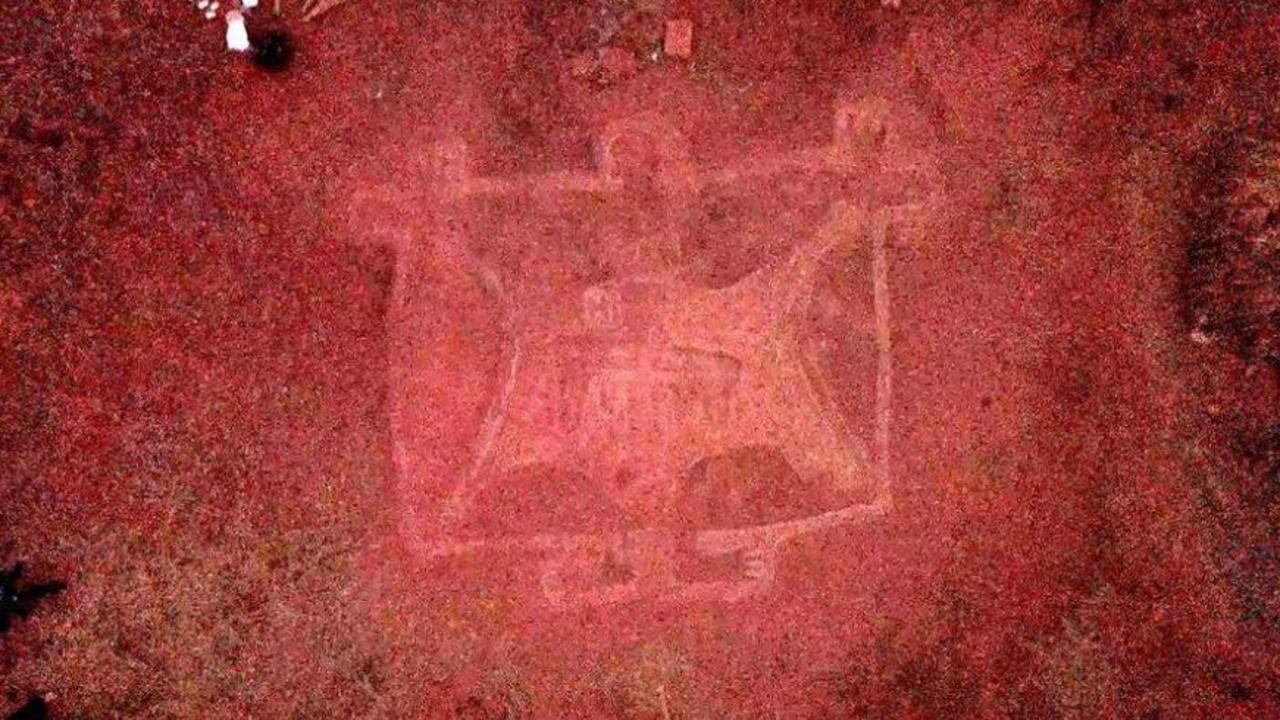
ARCHAEOLOGISTS have unearthed thousands of rock carvings that could be linked to an Indian hunter-gatherer civilisation from 10,000 years ago.
The incredible images were found hidden beneath the soil on hills in the Konkan region of Maharashtra, India, The Sun reported.
Experts believe the carvings, known as petroglyphs, were created by a hunter-gatherer community because many of the images are drawings of animals, according to the BBC.
The discovery suggests the civilisation could have migrated to India from Africa, where many of the animals depicted are found.
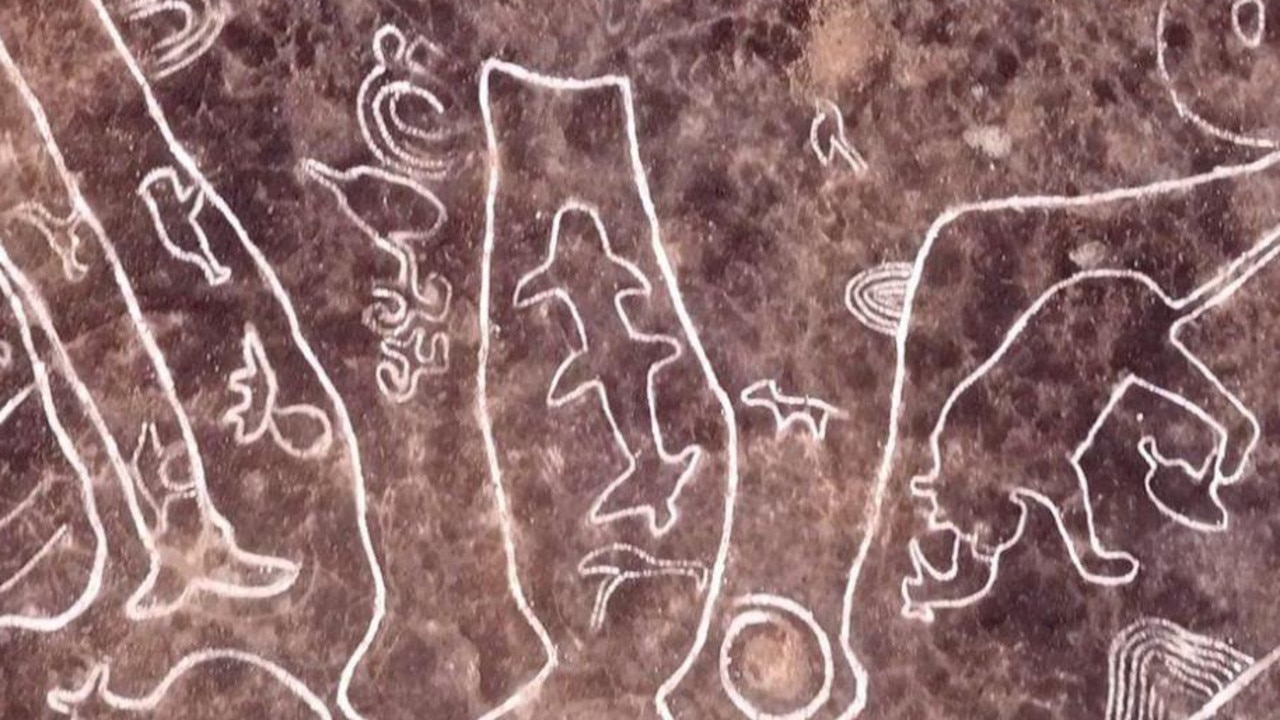
And the archaeologists believe the drawings may be the oldest petroglyphs ever found, possibly dating back to 10,000BC.
The etchings were found by a group of explorers led by Sudhir Risbood and Manoj Marathe, who began searching for the images in earnest after a few were found in the area. Many were found in village temples and played a part in local folklore.
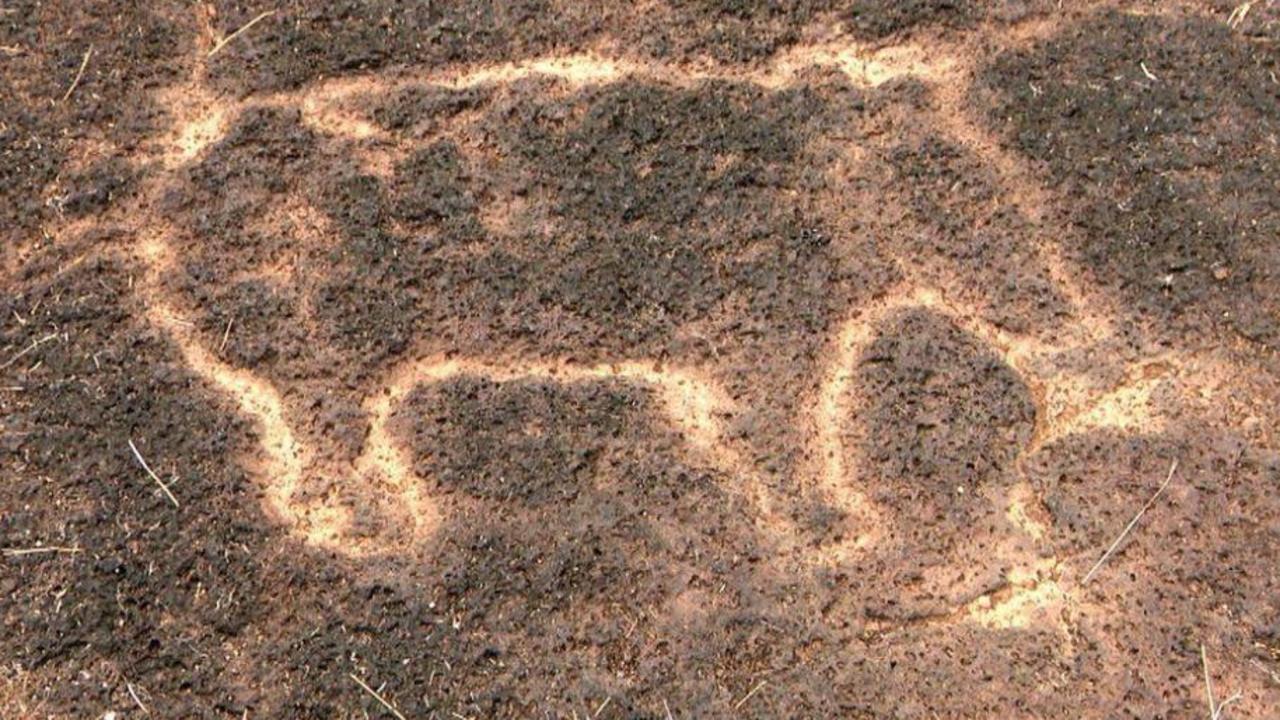
“We walked thousands of kilometres. People started sending photographs to us and we even enlisted schools in our efforts to find them,” Mr Risbood told the BBC.
“We made students ask their grandparents and other village elders if they knew about any other engravings. This provided us with a lot of valuable information.”
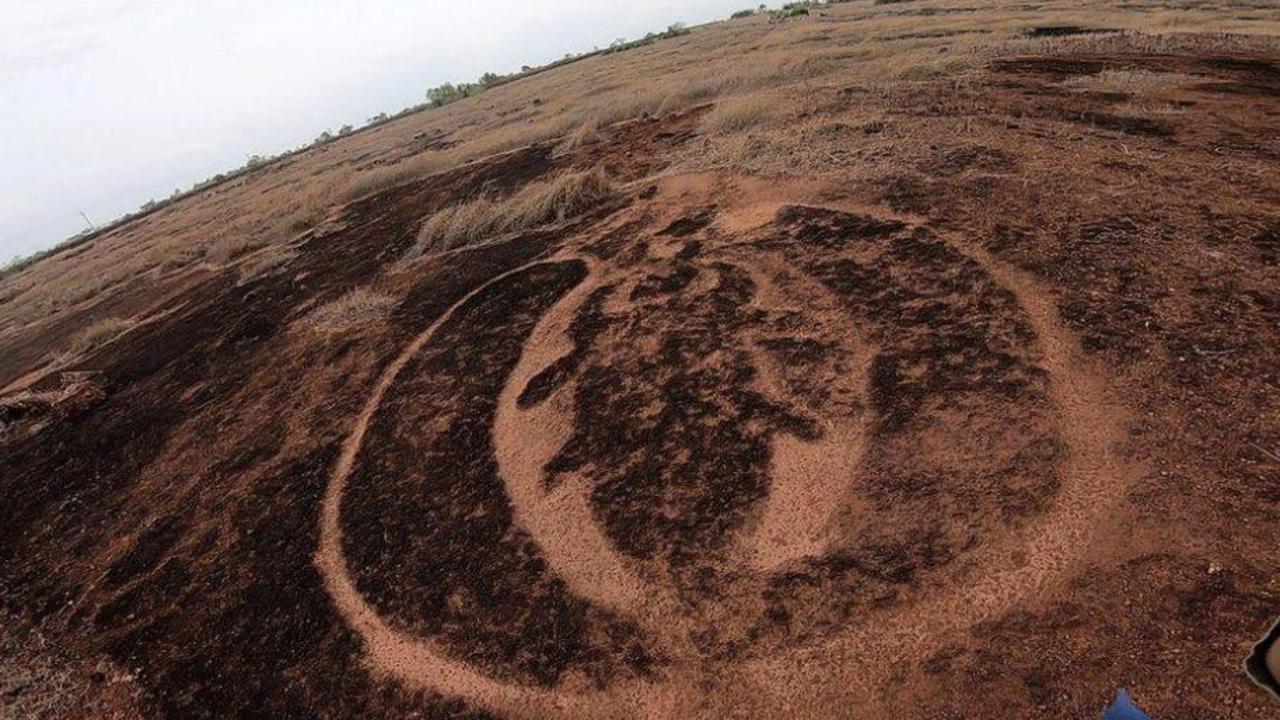
Petroglyphs were found in and around 52 villages, but only about five of the communities were aware that the images existed.
“We have not found any pictures of farming activities,” Tejas Garge, director of the Maharashtra state archaeology department, said.
“But the images depict hunted animals and there’s detailing of animal forms. So this man knew about animals and sea creatures. That indicates he was dependent on hunting for food.”
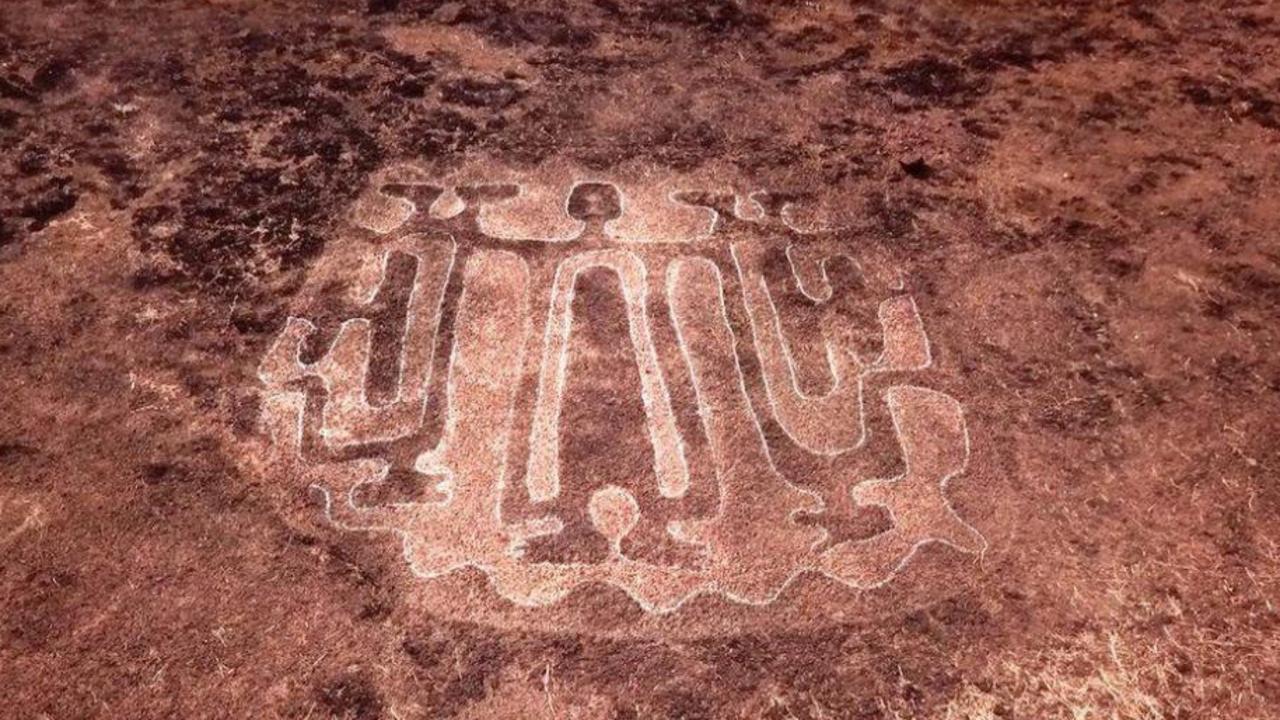
All kinds of animals, including sharks, whales and turtles, feature in the carvings, while human figures and geometrical designs also appear.
Since the remarkable discovery, the researchers have been working to document the thousands of ancient carvings and spur efforts to preserve them.
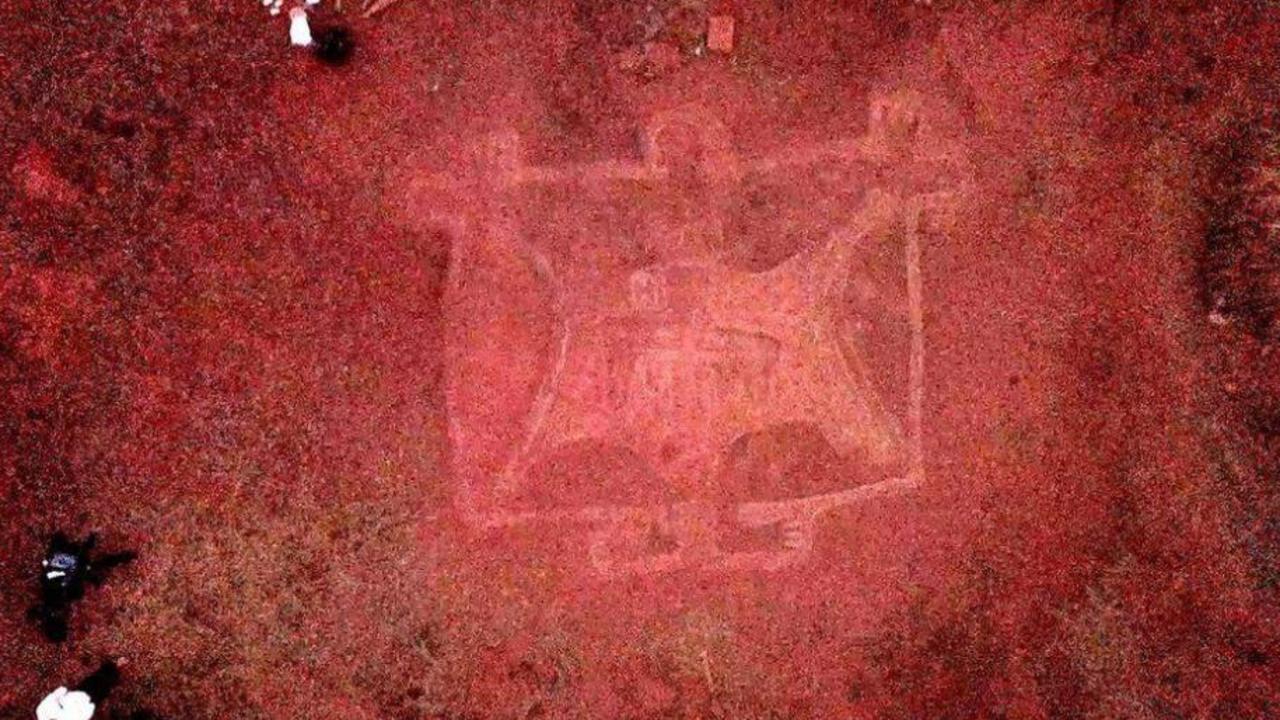
The state government has designated 240 million rupees ($4.6 million) to study 400 of the petroglyphs in greater detail, according to the BBC.
This article originally appeared on The Sun and was reproduced with permission.



